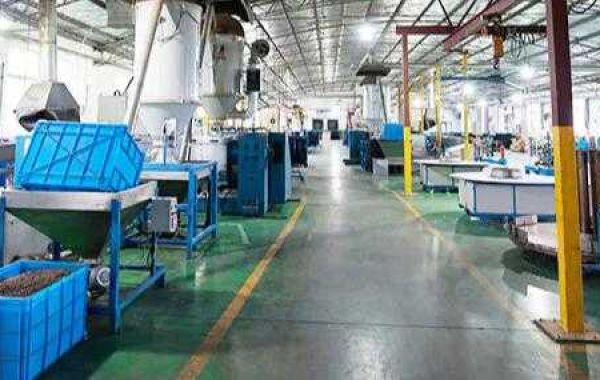Salt bath curing is a liquid vulcanization method widely used in hardened rubber, and the salt bath curing line is used for rubber vulcanization production. Once a length of rubber is pressed through a mold into the desired shape, the product needs to be hardened and cured.
There are many types of vulcanization, each producing a unique end product. Open vulcanization can be done in hot air or steam. Due to the poor heat transfer of hot air, the vulcanization efficiency in the hot air oven is not high. Open steam vulcanization takes place in a large vessel called an autoclave with a heating jacket and a closed chamber in which the items are placed and steam is introduced. Saturated steam has better heat transfer properties and shortens cure time at higher temperatures.
Open steam curing is commonly used to produce extruded products such as hoses, cables, and tape. Continuous vulcanization is a single-line operation where the shaped unvulcanized product is transferred along vulcanization media such as liquid, hot air, steam, microwave, and infrared, and high energy radiation, and then the rubber is cut to produce extruded products, coated wires, conveyor belts, and floor. Continuous vulcanization in a liquid bath is called LCM (Liquid Cure Method). In this process, the extrudate passes through a suitable heat bath immediately after leaving the extruder. The bath temperature is usually 200-300°C and consists of a salt mixture, polyethylene glycol, silicone oil, and metal alloy. Hot air tunnels can be used for the continuous curing of thin products. Continuous vulcanization in steam pipes is mainly used in the cable industry. Flat rubber products such as conveyor belts and floor coverings are continuously vulcanized by the Rotocure method. The process involves using wide steel belts to press items against large, slowly rotating heated drums.
Microwave energy is often used to preheat rubber parts before finishing with another medium such as hot air. Infrared is also used in continuous curing, where an infrared bulb provides heat. Continuous vulcanization by high-energy radiation is achieved by gamma radiation using cobalt-60 or electron beams. Cold vulcanization can occur at room temperature through exposure to sulfur monochloride vapor; however, this curing agent has been replaced by ultra-accelerators that cause vulcanization at room temperature. Post-vulcanization is a process that can be used on certain elastomer types to improve one or more properties of vulcanizate (just vulcanized rubber product). It needs to be circulated in a hot air oven with a constant supply of fresh air and can last several hours at a higher temperature than a printing press.








